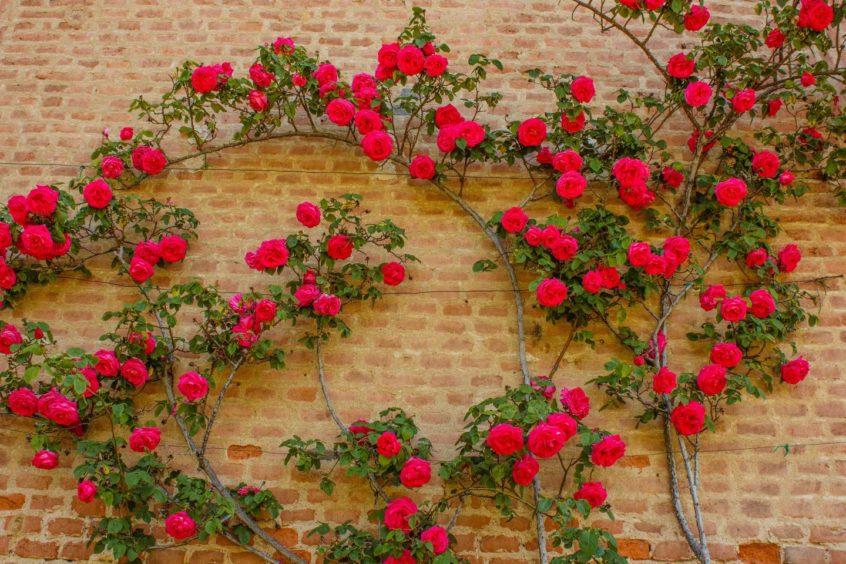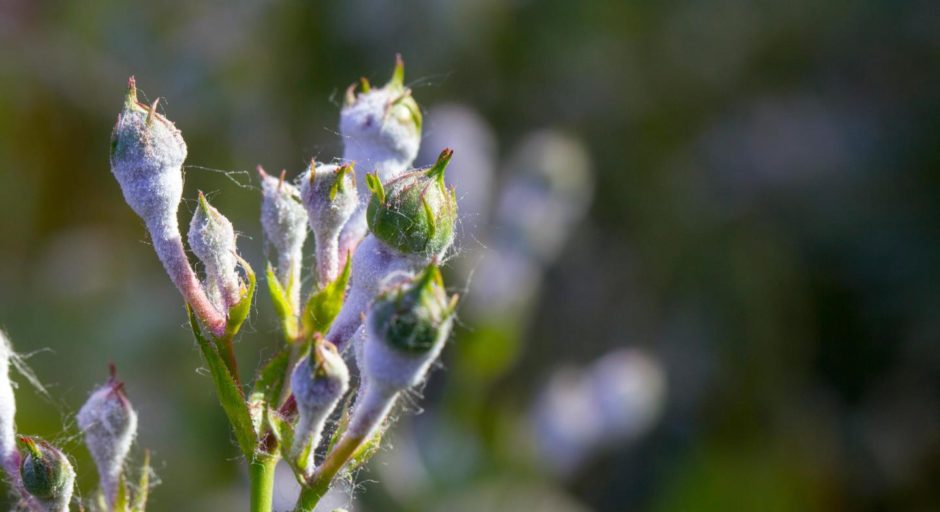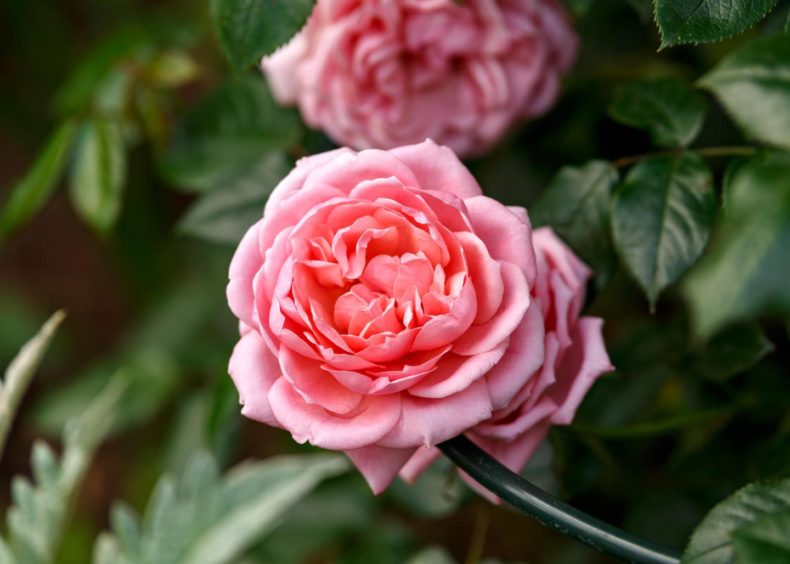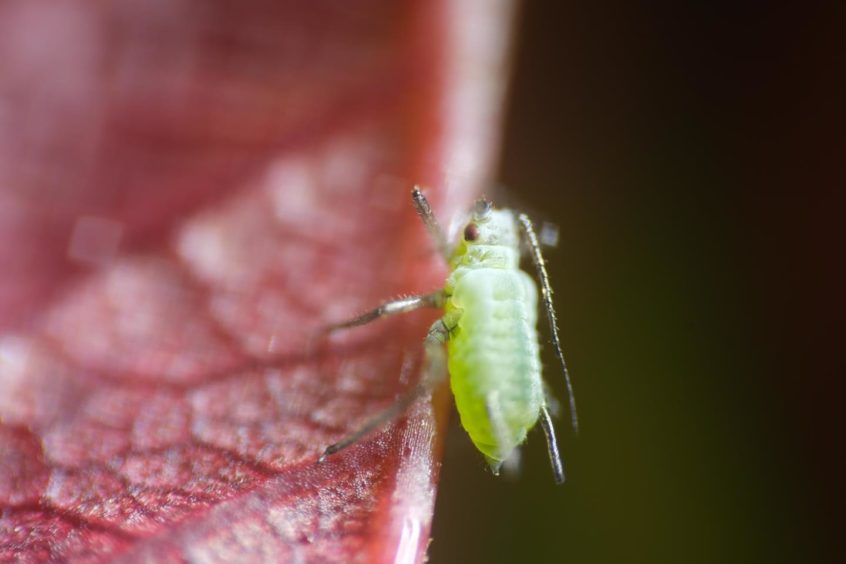There are few plants as instantly recognisable as the rose. For some of us, this recognition will have come from the wounded fingers gifted by the plant’s thorns when trying to prune or dead-head without gloves. But mostly we recognise them by their wonderful blooms in beautiful colours with glorious fragrance and colourful hips.
However there are a group of gardeners, to which I must confess I belong, who associate the rose with constant pests and diseases like rusts, black spot, powdery mildew and sap-sucking aphids requiring the effort of regular spraying of pesticides and fungicides if I wish to keep them looking at a reasonable level of decency in my garden.
It’s not that I’ve never liked roses – I do – but just not enough to enjoy having to factor in that regular spraying programme which, over the years, has had the potential to be harmful to beneficial ladybirds and bees.
However years on from when I last made any considerable effort to grow one of our nation’s popular plants, I’m changing my opinion, probably as I’ve come to have an acceptance and more of an understanding of how to manage roses and their problems.
One of my biggest frustrations with roses was often after buying plants that claimed they were disease-resistant and the answer to all my problems, I found this not to be the case at all. Within a few years of them being in the ground they would be suffering again from the same old problems.
I used to think it was all my fault – something I was doing wrong like planting in the wrong place or something to do with the way I was preparing the soil – but it wasn’t. I now understand that just like Covid and the way it manages to mutate into a new strain to keep itself alive, so do the diseases that affect our roses. I might be lucky but I now realise the chances are I may only get a few years from a rose before needing to plant again.
This has given me a new outlook at growing roses and one that makes me want to try growing them again. After all, surely no garden is complete without at least one rose growing in it? I like new ideas in the garden too and recently I came across an article with a new technique on growing and training climbing roses.
I do enjoy seeing walls clothed in bright and scented roses especially growing around windows where the odd bloom that strays across can be glimpsed from the inside. I also like when they are trained to frame doorways of different rooms in the garden.
For me, climbing roses are best for these situations. They are not like a Virginia Creeper or an ivy that will naturally attach itself to a wall but require the support of horizontal wires or a trellis which the rose shoots can be tied to.
If we allowed climbing, and also rambler roses, just to grow straight upwards then there would only be flowers at the tops. We aim to create a horizontal framework roughly in the shape of a fan resulting in the buds down these main stems being brought to life producing many more vertical shoots and thus many more flowers, which is just what we are after.
I don’t like my garden to switch off for the winter after the last leaves and I’m always looking for plants that will give me some interest during these lean months.
I recently caught hold of a new rose training technique where the stems are bent into curves when repeated, creating spiral patterns and shapes. This will now give my wall the most fascinating feature when only the stems can be seen but the most important aspect of roses is their flowering display and boy have I been impressed by this.
This winter is the first time I have tried this method and so far I am blown away with the amount of flowers I am seeing compared with the traditional method. All these bends slow the flow of sap through the plant, an action which encourages more flower production.
I’m very excited about the potential of this new way thinking of thinking about shrub rose plantings and transforming them into into free-standing sculptures. If I can get the hang of this I’ll be able to see what can be done with rambling roses that scramble up trees.
As gardeners there are tricks we can do to manage plant health problems avoiding the use of chemicals. Air flow around our plants is key to keeping our plants healthy, blowing any nasties away.
As long as it is only a small number then infected leaves can be picked off before any problems are allowed to spread and it’s a good idea to keep the base clear of any fallen rose leaves where there is a chance rain splash can infect lower leaves.
Best avoid adding diseased leaves to your compost heap where again there is a risk of it spreading. Burn or add it to your local authority green waste collection where the heat generated during the composting process will hopefully deal with any spores.
Brian Cunningham is head gardener at Scone Palace and a presenter on the BBC’s Beechgrove Garden.














